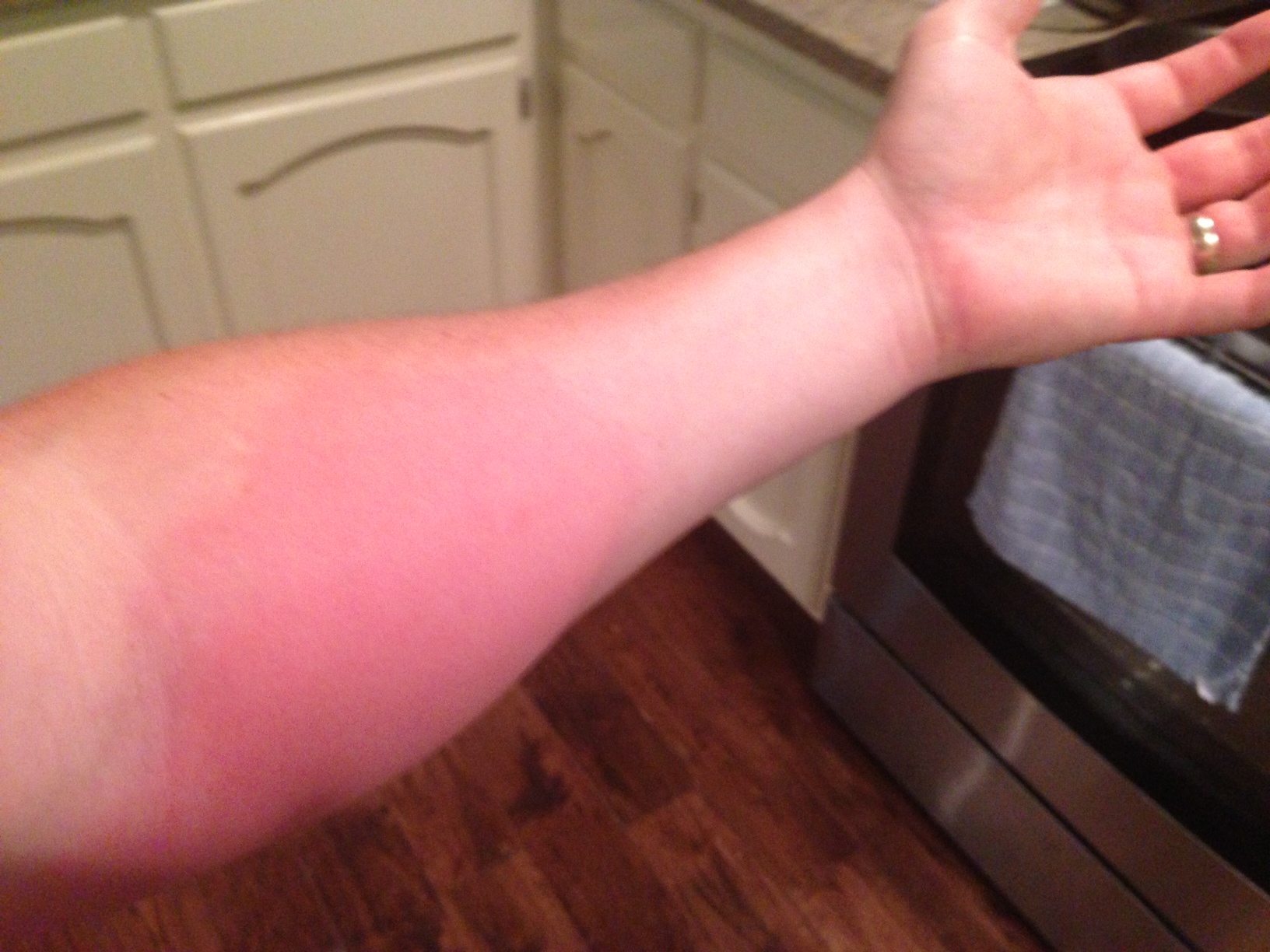
When the bee stings, the venom is mixed with water, so the actual composition of the substance it injects into you is around 88% water and 12% venom. Unlike many other insect venoms, we have a relatively good idea of the percentage breakdown of the venom of your average bee. We’ll start with the venom about which we know the most – that of bees. The range of compounds is far too vast to detail every single one – but we can examine some of the major constituents in bee, wasp, hornet and ant venom. You could be forgiven for thinking that it must be a relatively simple company of chemicals that makes up the painful sensation of a bee or wasp sting, but in fact a hugely complex mixture of all sorts of compounds – proteins, peptides, enzymes, and other smaller molecules – go into a small amount of venom. If redness and swelling expand over several days and are accompanied by a fever, you likely have a bacterial infection and will need some form of antibiotic.Insect venoms are complicated. Really complicated. Though infections of the sting site are rare, keep an eye out for progressive symptoms. If you have ongoing redness and swelling over a large area of skin, oral antihistamines are useful because you can get more antihistamine effect in your system.
#Bee sting reaction skin
"Anti-itch creams that have a combination of antihistamine and topical steroid are terrific because the topical anesthetic numbs the skin and helps with pain," Dr. Over-the-counter antihistamine creams and products such as calamine lotion can be helpful. While some people swear by toothpaste or mud, ice is the most reliable item around the house for sting symptoms. It's one of the best home remedies during the first couple days of treating the sting. Ice is very effective at reducing pain and inflammation. The more venom in your body, the more the body will react to it." Remove it fast to reduce further injection of the venom into the skin. "Use your fingers or the edge of a credit card. "Don't try to find the perfect tweezers," adds Dr. So if a honeybee gets you, remove that stinger as quickly as possible. Wasps, hornets, and yellow jackets remain intact after they sting. Honeybees do leave their stingers inside us. "Bee and wasp stings are very painful, but they're not, for most people, dangerous or life threatening." Sam Torbati, co-chair and medical director of the Cedars-Sinai Emergency Medicine Department. "A key thing to know is that the incidence of serious reactions is exceedingly low," says Dr. Sometimes you need a second one in 15 to 20 minutes."Īnd if you're severely allergic, see an allergist for testing, as venom shot treatment courses are up to 90% protective. "There are several generics to EpiPen, and there are coupons online to cover the copays. Harris, an allergist-immunologist at Cedars-Sinai, recommends carrying the epinephrine pen dual pack.

These more serious allergic reactions call for use of an EpiPen, followed by immediate medical attention.įor those who know they're allergic, Dr. They may also get hives at locations other than the sting site or have a precipitous drop in blood pressure that causes them to pass out. The bump and redness at the site of the sting is inflammation usually caused by a local allergic reaction.Ī systemic reaction, or anaphylaxis, is when people experience dizziness, faintness, or swelling of their airway that can lead to an asthma-like, respiratory response to the venom. For those who have never been stung before, this is often the first question.


 0 kommentar(er)
0 kommentar(er)
